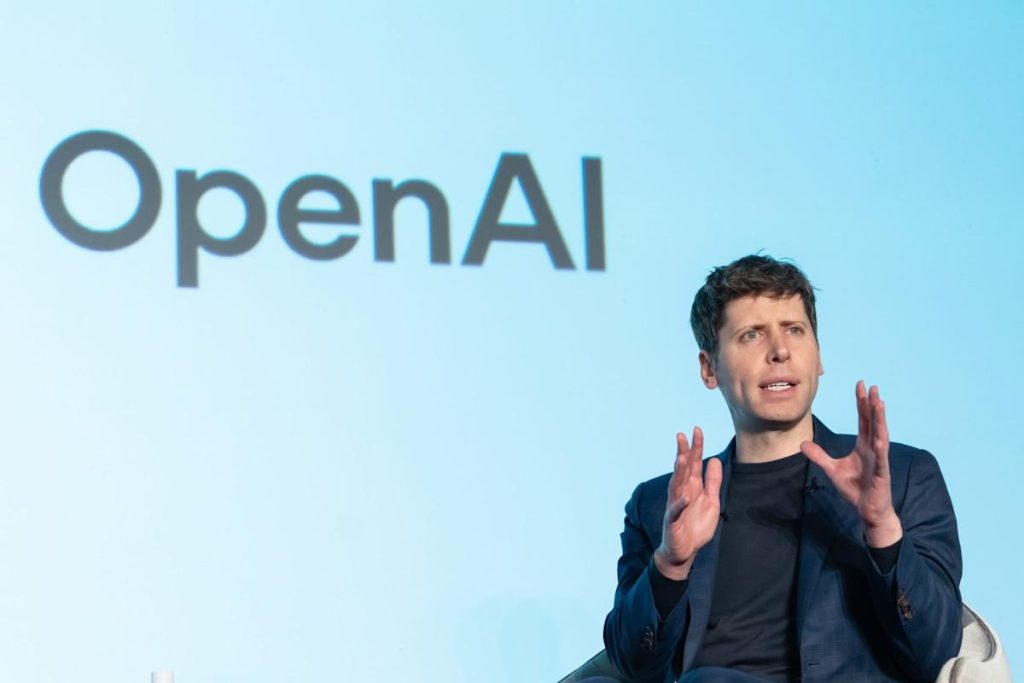As April showers brought May flowers, they also brought a whole new wave of AI-centric M&A.
Consider the snowballing deal count: On May 5, reports emerged that OpenAI is acquiring AI coding startup Windsurf in a deal worth $3 billion. That day, Upstarts Media was the first to report Databricks was acquiring open source database company Neon for $1 billion. The Databricks-Neon deal was then confirmed last week, as Salesforce almost simultaneously announced plans to acquire Convergence.ai, an agentic AI startup out of London, for undisclosed financial terms.
And then yesterday, a veritable blockbuster—OpenAI announced its intention to acquire Apple design legend Jony Ive’s AI device startup in a deal that values it an incredible $6.5 billion. (The deal is interesting in its own right, making Ive the most expensive designer in history and underscoring the soaring ambitions of OpenAI, whose valuation has soared to $300 billion, up from $14 billion in 2021).
One way to look at the wave of recent AI deals is that it’s a self-reinforcing cycle, with deals begetting more deals.
“The big companies see the wave and say ‘Hey, we better innovate or we’re going to be antiquated,’” said Rob Rueckert, partner at Sorenson Capital. “They’re hungry not to be dinosaurs, so I think there’s a lot more acquisitions happening now.”
He notes that acquisitions have always been the main outcome for software companies: “It’s always been 80% to 90% of outcomes. Just right now, since there have been few IPOs, it’s almost 100% the case.”
As it turns out, the IPO market actually showed signs of life this week, as both Hinge Health and MNTN went public, both jumping in their market debuts. But the bigger point—or, perhaps, the bigger question—is what the recent wave of acquisitions says about the AI boom. Are all these deals a sign that the AI boom is maturing?
In some ways, there’s no indication that AI’s backers are slowing down. In Q1 2025, 71.1% of total value in U.S. startup funding was funneled into AI and machine learning companies, according to PitchBook. (Granted, much of that surging deal value can be attributed towards capital flowing in the direction of the big guns—including OpenAI, Anthropic, and xAI.)
On the other hand, it’s hard not to see the signs of consolidation in all the recent acquisition activity.
“Looking at this as more of a market framework, I’d characterize this as probably being at a mid-stage of the AI boom as opposed to the end,” said Otherwise Fund managing director Terrence Rohan.
“I think an end game would probably look a little bit different, but this definitely doesn’t happen at the beginning. There’s definitely a sense of ‘Oh, we can still build.’ But maybe we’re at some mid-stage of maturity where people say ‘Hey, we could go [get acquired] for $10 billion, but we’ve got a billion in hand.’ That’s a real boardroom discussion.”
Story Continues

